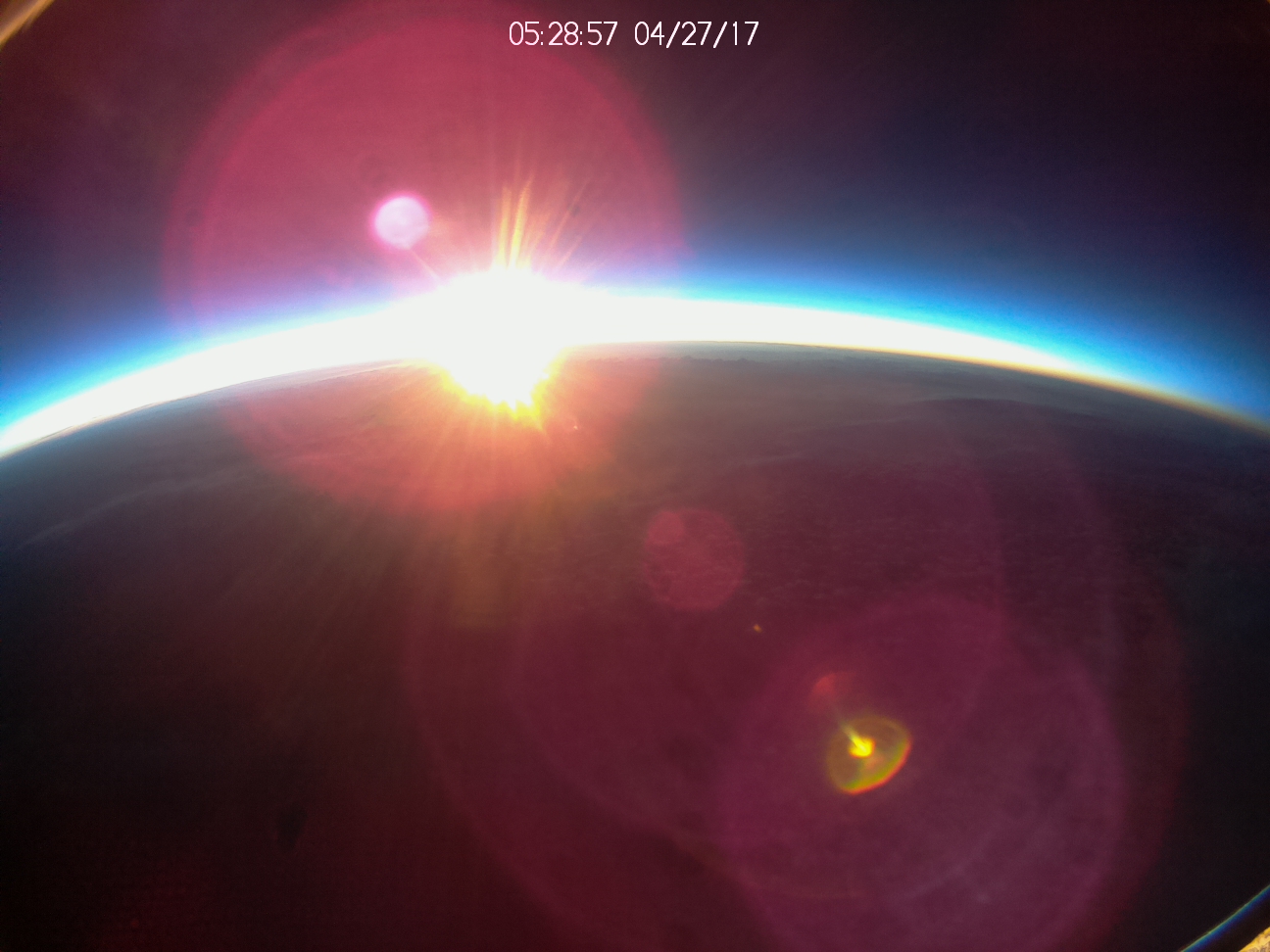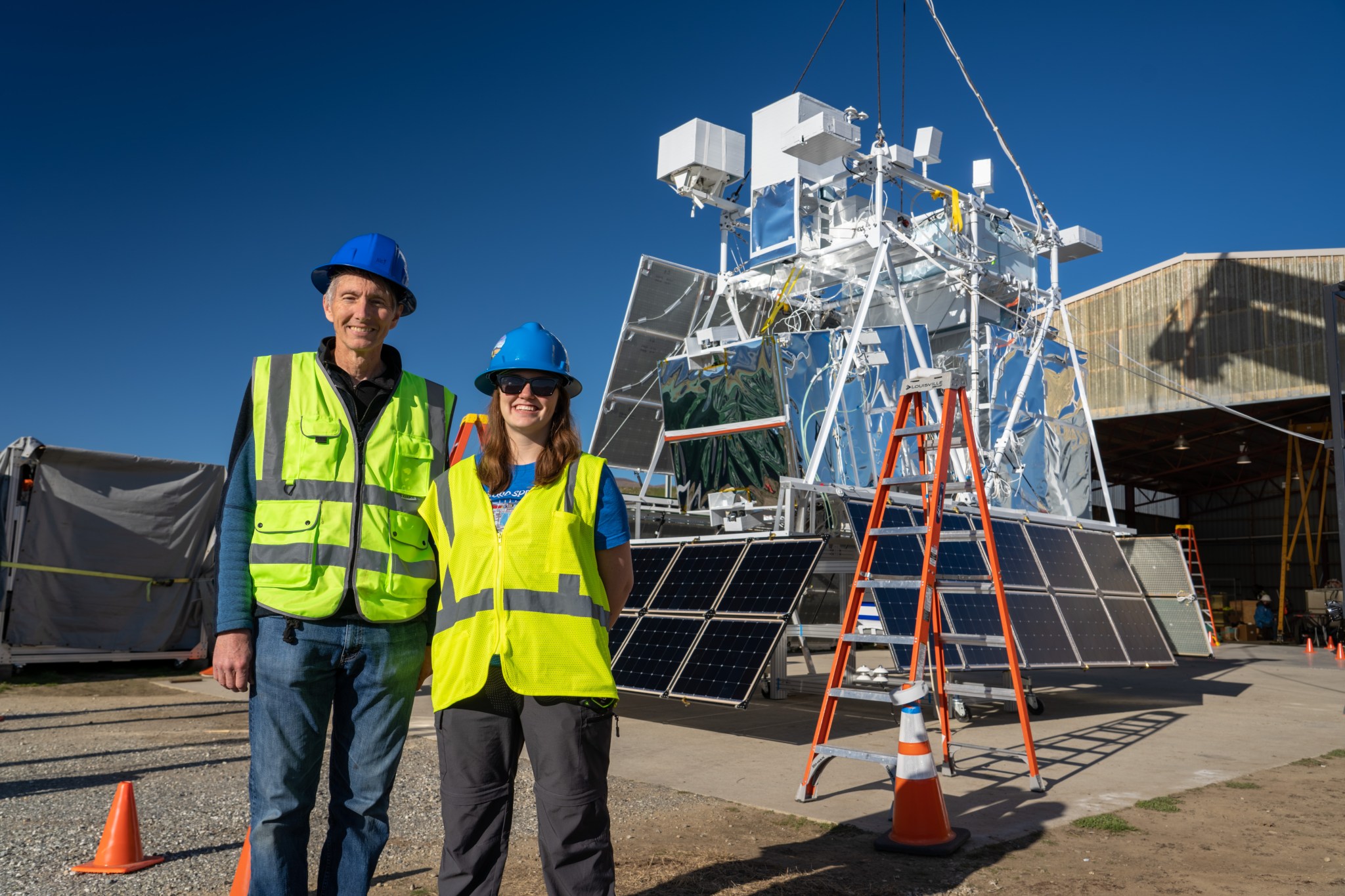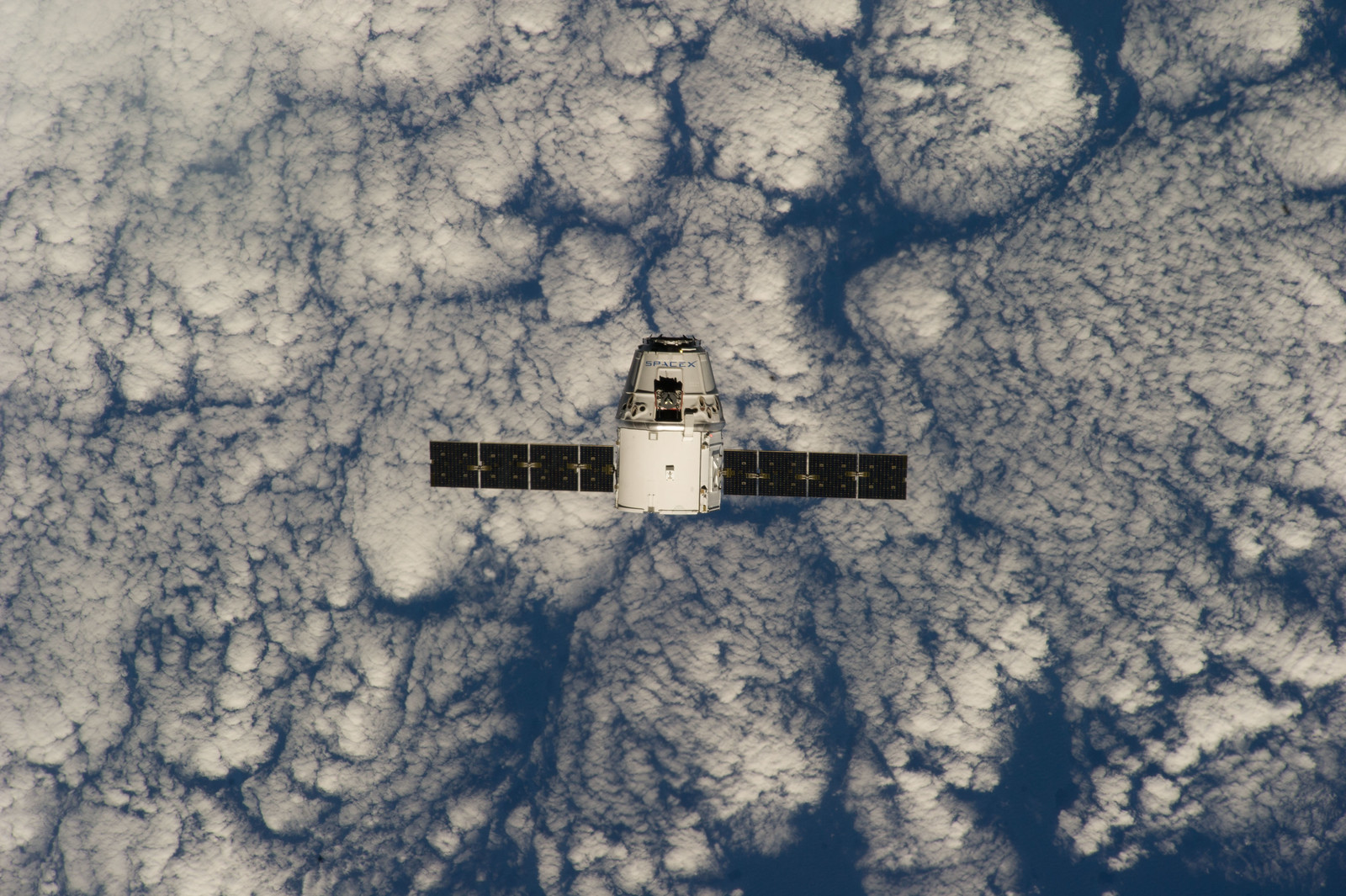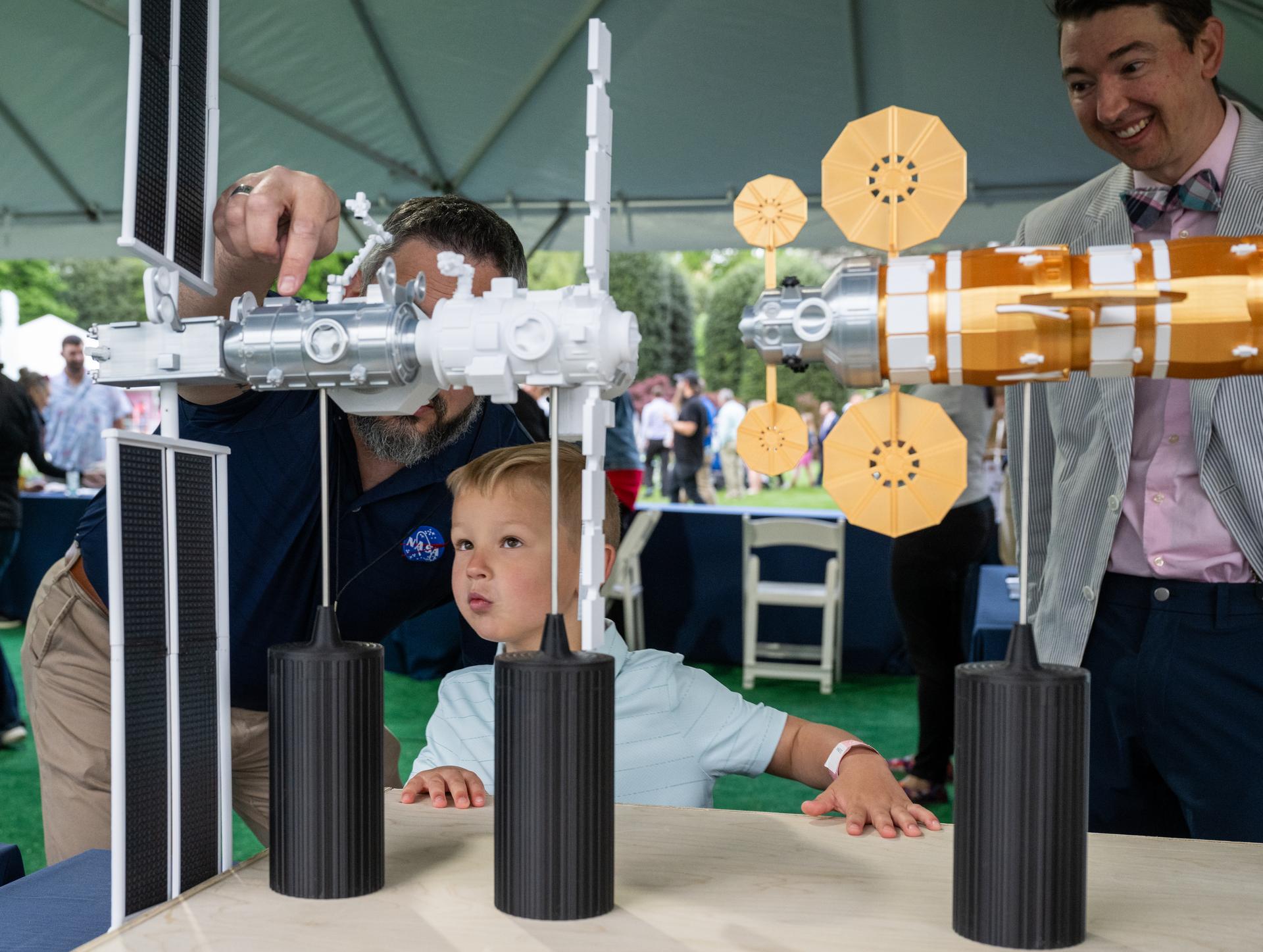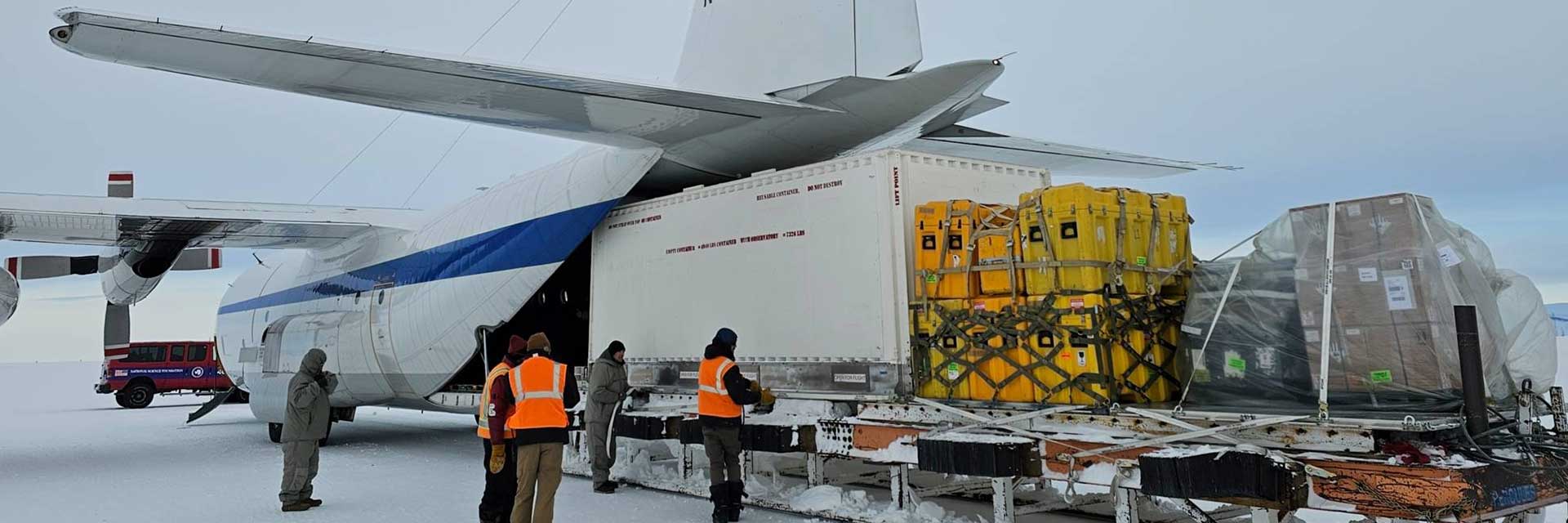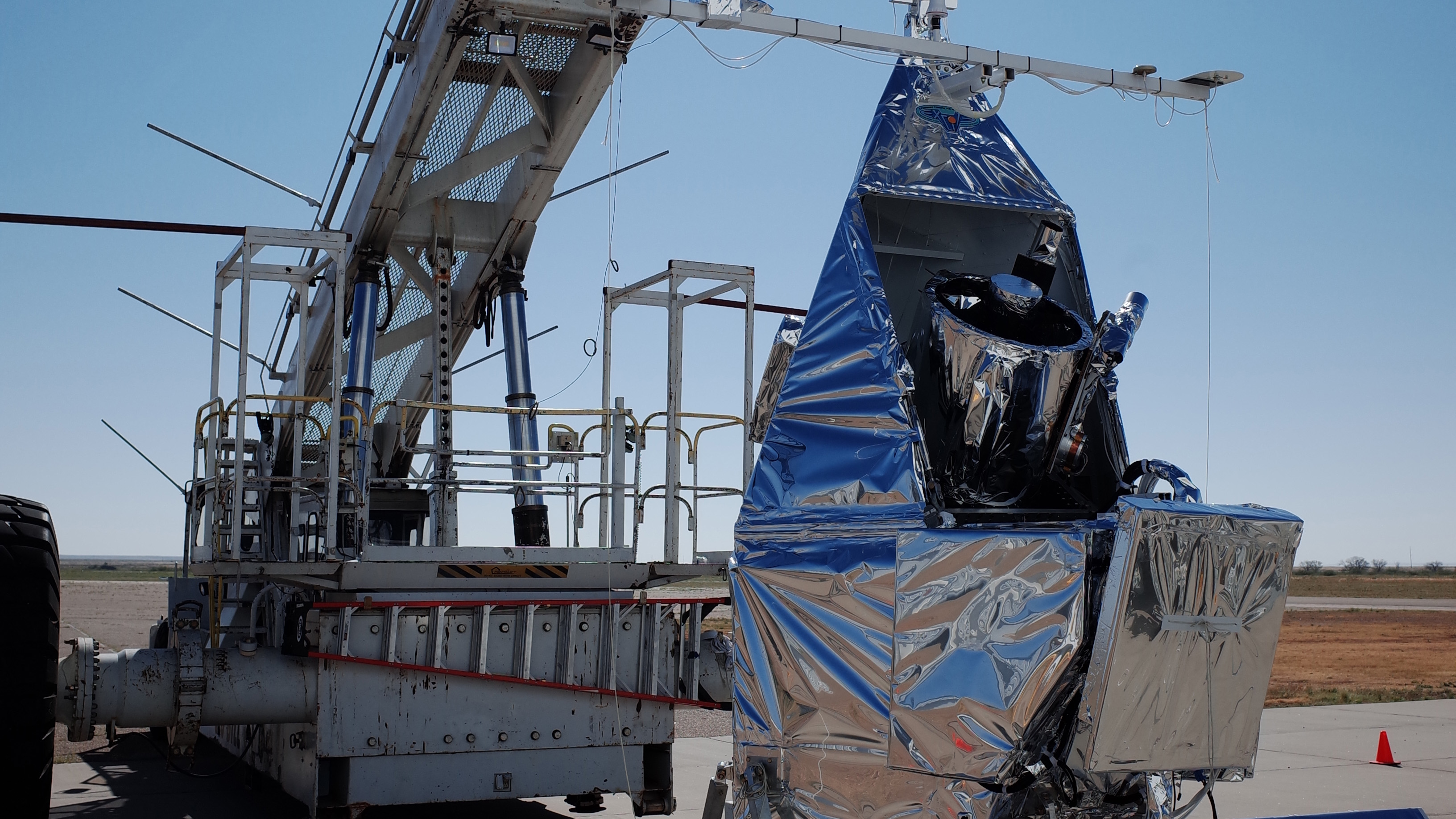Where do I start?
- Have you flown with the NASA Balloon Program Before?
- If yes, move on to the flight application.
- If no, you are in the right spot and the following questions will help to guide you.
- What environment do you need to support your scientific research or technology development?
- The NASA balloon program typically flies from 90,000 ft to 155,000 ft. The flight duration is highly dependant on location and those locations are fairly rigid. We cannot support microgravity experiments.
- Visit the Balloon Capabilities page for more details and look at our sounding rocket program capabilities as well. Suborbital flight platforms provide a wide range of flight conditions to satisfy most requirements.
- Do you already have an instrument built?
- If yes, move on to the flight application.
- If no, do you need funding? We encourage you to look at the NASA resources for researchers.
- If you already have an instrument, and it falls into the category of a piggyback (less than 100 lbm, smaller than a 2 ft cube), than you may be able to fly at a very low cost as part of another mission. Fill out a flight application to begin the discussion.
Early Technical Specifications
- Does your science require a specific location?
- The program utilizes a few specific locations and for most flights outside of the United States an engineering test flight may be required.
- Do you need help building your gondola (the frame that carries your instrument in flight)?
- Are you a piggyback (less than 100 lbm, smaller than 2 ft cube)? Jump to the flight application, we will work with you to mount your instrument to an existing gondola.
- Reach out early in the development cycle, we have a few standard gondolas that may be able to accommodate your instrument.
- There are several downloads on this page that details the structural requirements for your gondola that will be useful as you design and build your own system.
- Do you have specific pointing requirements? e.g. 1 degree or less at a specific celestial target?
- This information is important to share early in the development cycle.
- We can provide course rotation with 1 to 3 degrees of accuracy as a standard service but also have a custom pointing system (complete gondola) that is accurate to a sub-arcsecond. This platform is called the Wallops Arc Second Pointer (WASP).
Engineering and Testing Services
- The Goddard Space Flight Center Engineering and Technology Directorate (ETD) offers end-to-end services from design through environmental testing. The Balloon Program has several matrixed engineers and technicians with years of experience in scientific ballooning and suborbital flight to provide guidance.
- ETD also offers a concentrated “boot camp” for mission services. The Mission Planning Lab was conceived as a design tool but the team can support all phases of the mission cycle.
- BRDL – information coming soon
- WASP – the Wallops Ard Second Pointer delivers sub-arcsecond performance (total error < 1 arcsec 99.4% of the time). Interested experimenters can indicate they would like to use the WASP system during the flight application process or any follow on mission planning meetings.
Student Opportunities
The balloon program is proud to support interns through several NASA-sponsored programs at our facility in Virginia and our facility in Texas. The program also supports two annual student flight opportunities during the Fort Sumner, NM campaign.
- High Altitude Student Platform (HASP) is designed to carry up to twelve student payloads to an altitude of about 36 kilometers with flight durations of 15 to 20 hours using a small volume, zero pressure balloon. It is anticipated that the payloads carried by HASP will be designed and built by students and will be used to flight-test compact satellites or prototypes and to fly other small experiments.
- HASP includes a standard mechanical, power and communication interface for the student payload, based upon a flight tested design. This simplifies integration, allows the student payloads to be fully exercised, and minimizes platform development / operation costs. In addition, HASP is lightweight and has simple mission requirements, thus providing maximum flexibility in the launch schedule.
- Cubes in Space Program promotes and enables the development and application of scientific research, critical thinking, problem-solving and technology development skills in high school and middle school students.
- Cubes in Space is an experiential and inquiry-based STEM program with the goal of enabling young students, ages 11-18 years of age, to develop critical knowledge and skills that are sustainable and transferable across disciplines, future academic pursuits and careers. After acquiring and applying inquiry and research skills, along with knowledge about suborbital science and spaceflight, students identify a real-world Earth or space-based problem, need or scenario for which an experiment hypothesis is designed. Students develop an experiment concept where suborbital flight or environmental conditions act on the chosen experiment subject, object or material that is integrated into a small, plastic payload cube. Experiment concepts are proposed through the Application for Spaceflight system. If selected, experiments are launched, on a sounding rocket or zero-pressure scientific balloon, from a NASA facility in summer 2025 and returned to students. Pre- and post-flight testing methods and procedures are entirely designed by the students. The culminating deliverable, the Post-Flight Analysis Report, is submitted to iEDU and their Cubes in Space program office.
- Since 2015, the Cubes in Space program has participated as piggyback payloads on 10 zero-pressure, conventional balloon missions. On a typical Cubes in Space mission, up to 100 powered and non-powered student experiments are flown. With the fall 2025 Balloon Program Office campaign in Fort Sumner, New Mexico, over 1150 student experiments representing at least 12,000 students in 15 countries, experienced near space, suborbital flight.
Flight Application
Apply for a Flight Opportunity
All of the questions above will help to gather the information needed for the flight application. Regardless of where you are in the development stage or funding cycle, completing and SUBMITTING the flight application will start discussions with us to help guide you towards flight.
Click here for application and instructions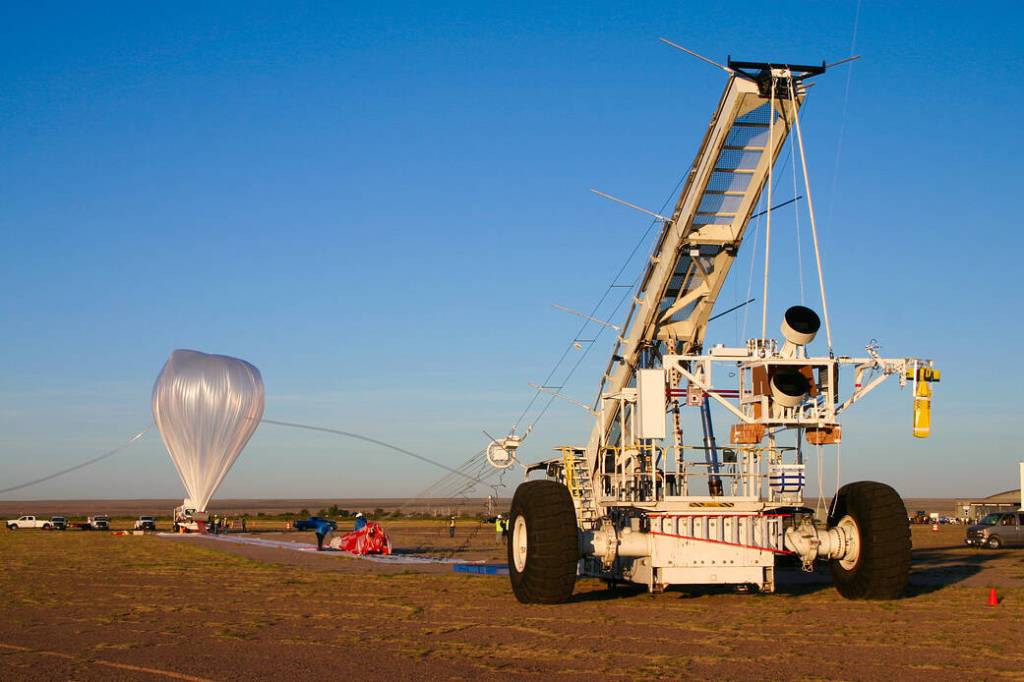
A scientific balloon is inflated for the Salter Test Flight before being released during NASA’s 2023 fall balloon campaign. The test flight returns for the 2024 campaign in Fort Sumner, New Mexico, carrying several smaller payloads.
NASA/Andrew Hynous
Documents
A list of helpful documents and downloads to get you started on your balloon journey.
Click Here about Documents